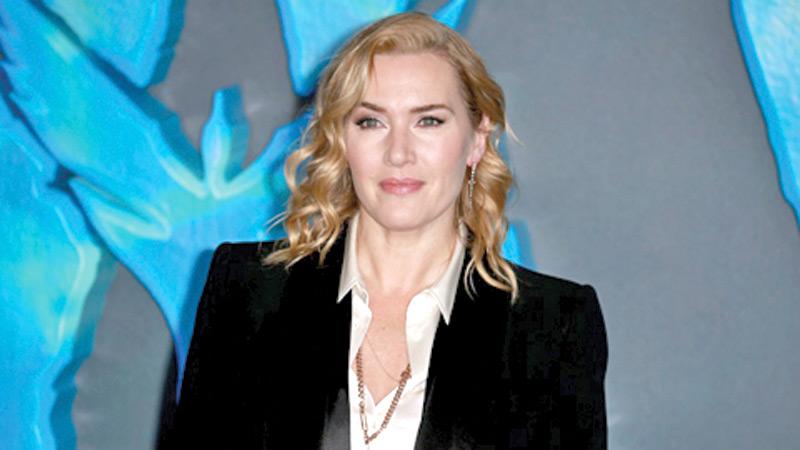
Kate Winslet reportedly held her breath for seven minutes and 15 seconds on set for Avatar: The Way of Water. Some of the movie’s scenes were filmed underwater.
It’s a remarkable feat; anyone (including professional freedivers) would acknowledge that a breath hold for over seven minutes is extremely difficult. Most professional freedivers must train for years before reaching a number like that — many never achieve it. Winslet apparently trained only for a few weeks.
While Winslet now holds the record for a breath hold on a movie set, let’s put it in wider context. The current world record for breath holding, using a technique that is likely the same one the actor employed, is 24 minutes and 37 seconds. This is held by Budimir Šobat — a professional breath hold diver with whom I have worked closely.
Longest recorded breath holds
Other researchers and i have performed extensive physiologic measures on these professional divers to figure out how they can hold their breath for so long. One thing is certain: oxygen is important. In respect to the breath hold of almost 25 minutes by Šobat, it was accomplished by pre-breathing 100 per- cent oxygen prior to holding the breath. Keep in mind the ratio of oxygen that we normally breathe in the atmosphere is 21 percent. Actor Kate Winslet reacts after holding her breath for over seven minutes.
The world record for a non-oxygen-assisted breath hold is 11:35 minutes* by Stéphane Mifsud. For women it is 9:02 minutes, held by Natalia Molchanova. These are people who have trained for many years, and are the top professional apneists (apnea means temporarily stopped breathing).
How did Winslet do it then? And if you were to try this, why is it that you (probably) couldn’t come close to seven minutes, even after a few weeks of training? You would need to do what Winslet likely did, and that is pre-breathe with 100 per cent oxygen before holding your breath. Winslet also most likely hyperventilated (breathed faster and deeper than normal) on the 100 percent oxygen.
To understand how this can increase the breath hold time, a brief overview of the control of breathing is needed.
What happens when you hold your breath
The most important signal to breathe comes from clusters of specialised cells in your brain and neck called chemoreceptors. These chemoreceptors respond to the level of carbon dioxide (CO2) and, to a lesser extent, the level of oxygen (O2) in your blood (yes, CO2 is more important in this case).
There are also signals from the brain stem itself (central controller) and lungs (pulmonary stretch receptors), but they are generally less important in relation to the topic at hand. Accordingly, the rate and depth of breathing is primarily controlled by these chemoreceptors that maintain the optimal level of blood O2 and CO2.
Professional breath hold diver Budimir Šobat’s world record of 24 minutes and 37 seconds holding his breath underwater.
During a breath hold, the level of blood CO2 rises, and the O2 declines. The initial increase in the urge to breathe — let’s say 30 seconds into the breath hold — primarily comes from the rising CO2. At a particular threshold, the chemoreceptors also respond to the declining O2, at which point the drive to breathe increases dramatically.
Eventually, the urge to breathe intensifies to the point that the diaphragm (the primary respiratory muscle) contracts involuntarily — referred to as an involuntary breathing movement. -East Mojo
